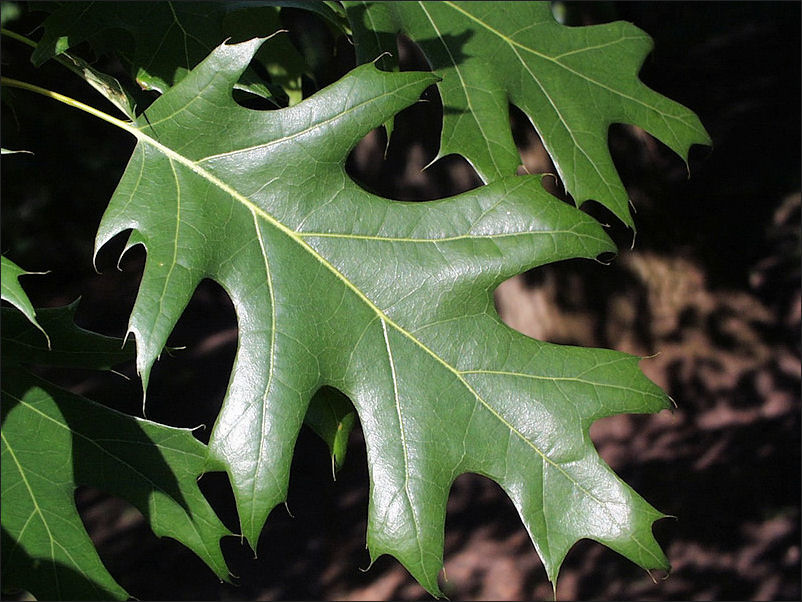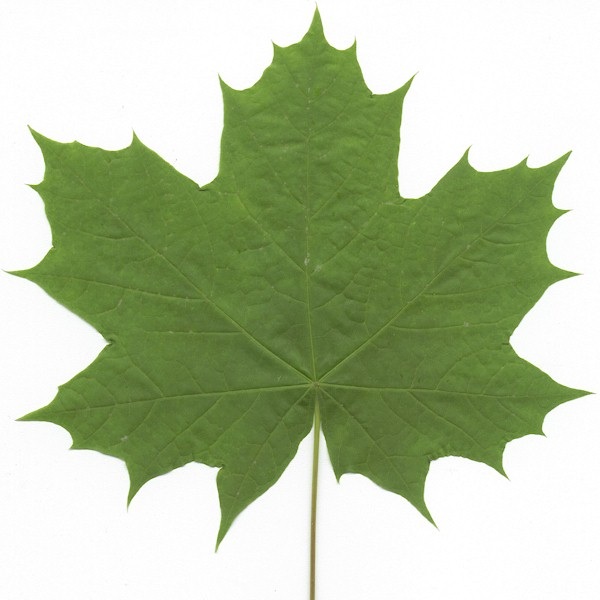You may notice that on this trail many of the trees have been harvested. The purpose of this practice is to open up the tree canopy to allow for new growth to occur. Forestry experts identified which trees where to be cut down. Their aim was to increase biodiversity of the forest.
Location |
|

